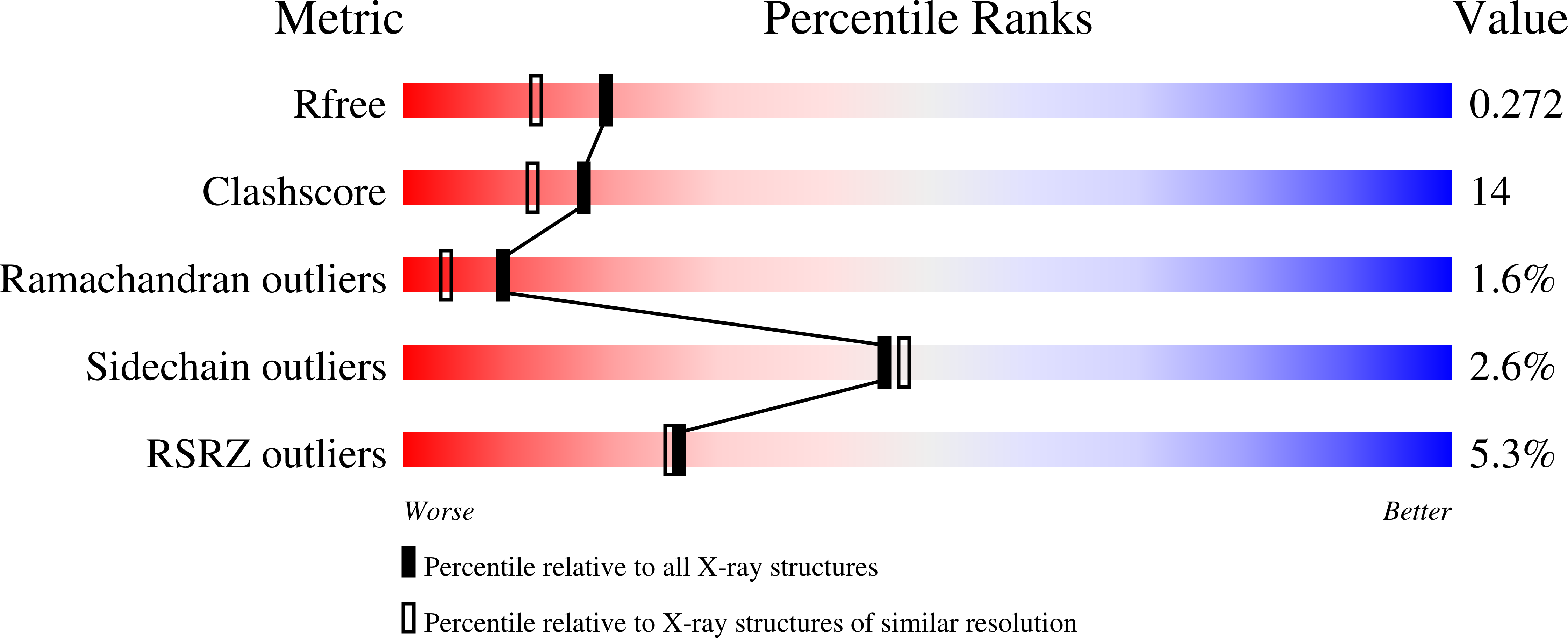
Deposition Date
2003-04-16
Release Date
2003-09-30
Last Version Date
2024-11-06
Entry Detail
PDB ID:
1UCN
Keywords:
Title:
X-ray structure of human nucleoside diphosphate kinase A complexed with ADP at 2 A resolution
Biological Source:
Source Organism:
Homo sapiens (Taxon ID: 9606)
Host Organism:
Method Details:
Experimental Method:
Resolution:
2.00 Å
R-Value Free:
0.28
R-Value Work:
0.23
Space Group:
P 41 21 2


